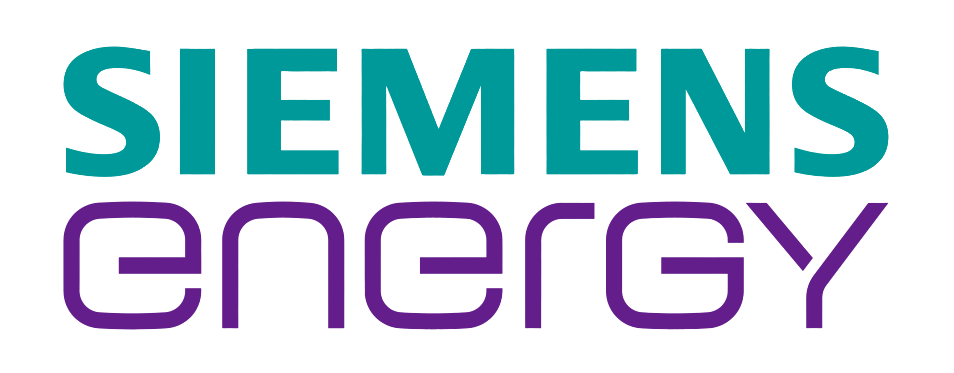Benchmarking Circularity: How we worked with a polycarbonate manufacturer to reshape their sustainability strategy
At-a-glance
| A regional manufacturer of polycarbonate sheets and films needed to benchmark their circular offerings against key global and regional competitors. Limited visibility into peer strategies and pricing called for a focused analysis to uncover gaps, validate opportunities, and guide improvements in sustainability and market positioning. |  FutureBridge turned competitive complexity into clear, actionable strategy. FutureBridge turned competitive complexity into clear, actionable strategy. |
The Challenge
A leading manufacturer of polycarbonate sheets and films sought to understand how their circularity efforts compared to competitors, including two global chemical giants and two regional players.
 |
 |
 |
 |
| Portfolio benchmarking
Assessed the level of recycled and bio-based content in peer products to evaluate circularity |
Pricing & value mapping
Compared how peers priced and positioned circular products versus virgin alternatives |
Sustainability claims verified
Reviewed and validated CO₂ reduction and climate impact claims to separate fact from marketing |
Commercial impact analysis
Estimated revenue and sales volumes of circular products to gauge market potential |
The Solution
We conducted a multi-layered, evidence-based benchmarking study, delivered in two key steps:
| Stage 1 | ||
| |
|
|
| Analyzed sustainability reports, annual reports & CDP data for baseline data on circular practices | Conducted direct outreach to product and plat-level experts for non-public insights | Primary research with stakeholders to verify pricing and positioning claims |
| Stage 2 | ||
| |
|
|
| Measured recycled and bio-based content across competitor portfolios | Assessed revenue and volumes tied to recycled content products to determine scale of business impact | Delivered tailored action spanning water and energy efficiency, specific feedstocks and partnerships |
The Findings
Our benchmarking uncovered unexpected dynamics across competitor strategies, pricing, and portfolios. These insights gave the client a clear view of their own position and where they were falling behind.
| |
|
| • Client ranked 3rd out of 5 in the overall circularity score (based on 6 key weighted circularity metrics) | • The client’s portfolio lacked breadth in recycled/bio-based offerings |
| • Recycled-content products from their competitors were sold at 20–30% lower prices than virgin resin sheets | • Circularity was not just sustainable – it was economically beneficial |
| • Total cost of recycled-content products (incl. capex) was 4–12% lower than virgin resin sheets | • Competitors had cost advantages the client hadn’t anticipated |
| • Two competitors were well ahead in terms of the number of recycled content products offered | • Clear gaps in product variety and supporting infrastructure |
| • Several peers had formal partnerships with waste collection agencies, sorters, recyclers & other enablers | • Client had no such alliances, missing critical ecosystem opportunities |
The Impact
The competitor analysis revealed unexpected gaps in the client’s circularity efforts.
This prompted swift actions like forming strategic partnerships, expanding recycled product lines, and integrating sustainability into their long-term strategy, turning surprising insights into a competitive advantage.
| Strategic Partnerships | Expanded Circular Portfolio | Improved Operational Efficiency | Redesigned 5-Year Strategy |
| Built alliances with waste collection agencies, sorters, recyclers and other circularity enablers | Developed a roadmap to grow recycled content and partial bio-based content product lines | Initiated projects on utilization of captured CO2, water reuse and heat recovery | Anchored future growth in data-backed circularity and competitive insight |
Want to explore how your circularity strategy compares and where it can leap ahead? Contact us to benchmark, recalibrate, and lead.




































